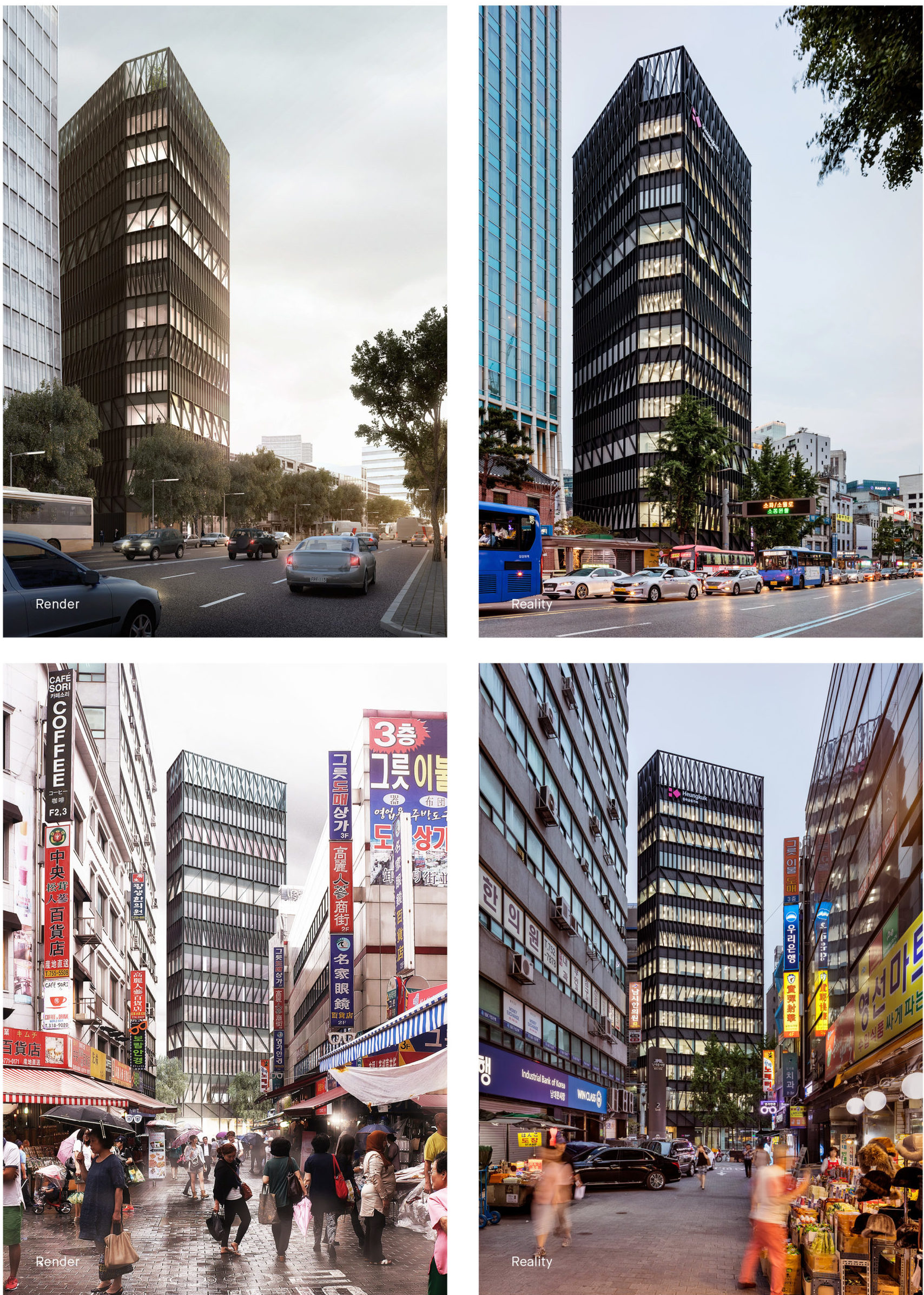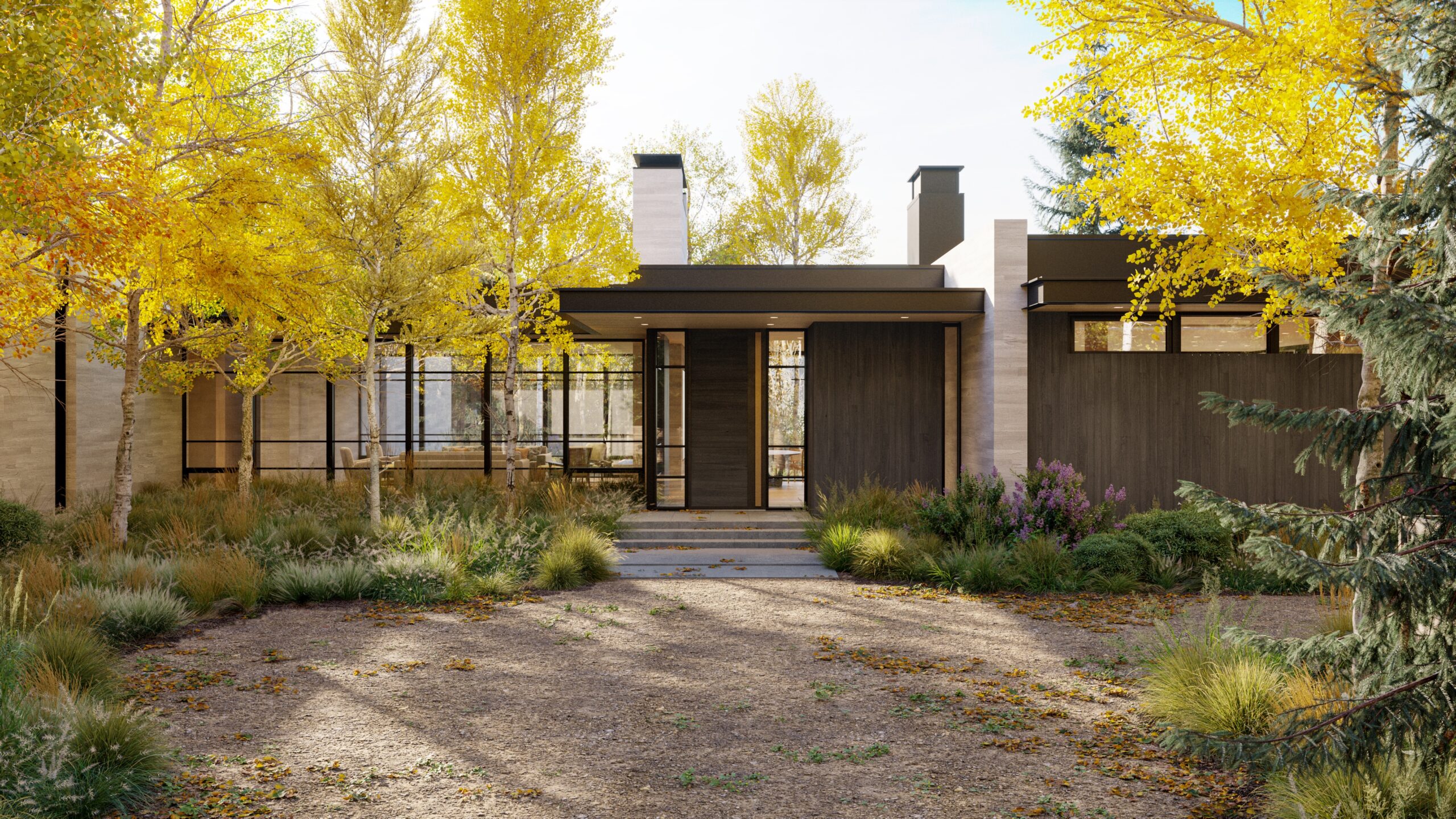We are thrilled to announce the winners of Architizer's inaugural Vision Awards, the world’s biggest awards program dedicated to the art of architectural representation. Sign up to receive future program updates >
The timing of Monograph’s Strategic Risk Report for 2023 was uncanny. With economic instability dominating headlines today, most industries are bracing for the worst, and architects are no different. Whether or not we enter a recession, regardless of its size, even just whispers of a potential economic downturn can have ripple effects that substantially impact a firm’s profitability. For architects, the message is clear: client relationships will be crucial for weathering a potential storm. What the report doesn’t explicitly say is that architectural representation and media have an essential role in ensuring firms stay buoyant.
Let’s start by summing up some of the key points of Monograph’s comprehensive report (you can download the full report here). When the pandemic hit, architects immediately responded by tightening their belts; however, soon, low-interest rates gave way to several boom years where many firms struggled to hire enough architects to keep up with project demand.
Times have since changed, and today, as rates rise and clients react to uncertainty, more projects are getting delayed or canceled. As a result, architects’ project pipelines, in which they have already invested so much, are much less clear. The same can be said for the fate of the workforces that firms have amassed in anticipation of such a workload. As Monograph puts it, the resulting paused or abandoned projects will create a cycle where “projects go dormant, then suddenly resume, which destabilizes billing and resourcing.”
On top of this, competition between firms inevitably arises when fewer projects are being built. In the context of shortage, “more clients approach hiring an architect as a design competition, pitting multiple firms against each other,” says Hemanshu Parwani, “HP”, Principal / Owner, CEO of Olson Kundig in the report. Firms must change their business development plans to adapt, and those with strongest visual resources — the ability to create compelling renderings and drawings — will have a leg up when building and maintaining relationships with potential clients.

Mecanoo’s Render vs. Reality for the Heungkuk Tower Namdaemun, Seoul, South Korea
In this context, the real-world value of architectural representation and media, an often overlooked but crucial aspect of architecture, comes into sharp focus. Architects often emphasize the role of visualization in the design process and in the public-facing communications via media, but well-made renderings and models also significantly contribute to garnering public and stakeholder support for projects and assisting in fundraising in those cases where funds are stalled.
From drawings to models and computer renderings, visualizations have long been an architect’s best friend when it comes to presenting compelling projects to clients. Now they’re increasingly becoming an industry standard. Some firms wear in-house visualization as a badge of honor, one that they can promote to peers and potential clients alike (I’m thinking here of Mecanoo’s brilliant Rendering vs. Reality series, where side-by-side comparisons were used to demonstrate the firm’s ability to deliver). Other firms turn to specialized creative studios (Kilograph stands out as one), who help translate architectural concepts into compelling forms of visual communication.
At their best, well-made visuals communicate the value of a project beyond the numbers, allowing clients to see past complex specs and connect on an emotional level with the design ideas. This type of interpretive work is a skill, and it’s also an integral aspect of architectural practice today.
While to the broader public, architecture = buildings, architects are well aware that visuals are not distinct from the projects they imagine. Architecture is a process that starts with ideas, develops through images, gets built as a physical object, and then continues to exist in images that circulate. When the built object isn’t within grasp, the vitality of architecture as it exists on paper is ever more at the fore.
Top image: Kara Creek designed by Walker Warner and rendered by 3DQ.STUDIO, CO, United States | Popular Choice Winner, 10th Annual A+Awards, Architecture +Concepts and Renderings
We are thrilled to announce the winners of Architizer's inaugural Vision Awards, the world’s biggest awards program dedicated to the art of architectural representation. Sign up to receive future program updates >









